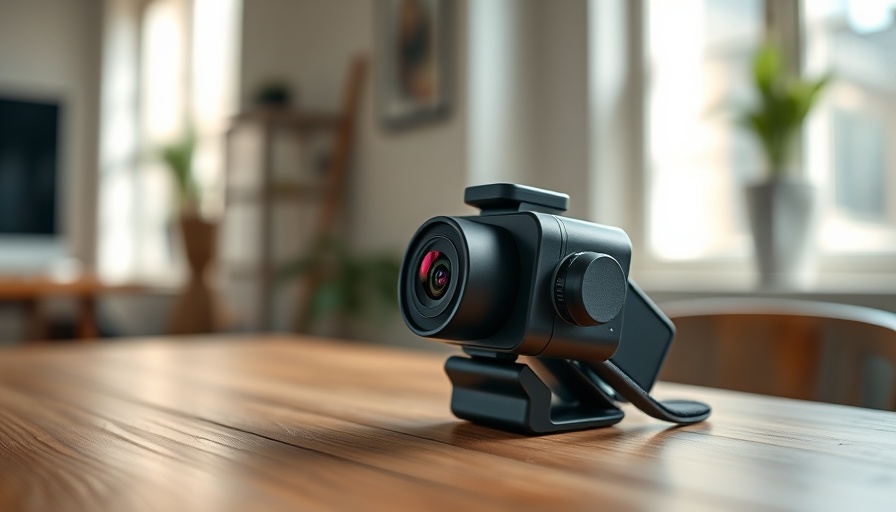
DJI's Bold Entry into the 360 Camera Market
DJI, known for its pioneering work in drone technology, has officially stepped into the 360 camera realm with the launch of the Osmo 360. This innovative device not only marks the company's first foray into this segment but also promises to redefine the standards of 360° imaging that content creators have come to expect.
Unprecedented Image Quality and Technological Features
The Osmo 360 stands apart with its 1-inch square HDR image sensor, a first for the industry that allows for an impressive utilization rate. Offering 8K video recording capabilities at 50 frames per second, it aims to deliver the sharpest photos and videos available in the market today. In addition, continuous shooting for up to 100 minutes at 8K/30fps makes it an exceptional tool for both amateur and professional filmmakers who require extended capture time without compromising quality.
Innovative Design Enhancements
This camera isn’t just about higher resolution and longer usage times; it introduces features like the Invisible Selfie Stick that discreetly disappears from footage, creating seamless third-person views without laborious editing. For action enthusiasts or those needing to capture rapid movements, the Osmo 360 can shoot in 4K at 100fps and offers a thrilling slow-motion mode for capturing every split-second moment in stunning detail.
Incorporating User-Friendly Features
The Osmo 360 is designed with the user in mind, integrating gesture and voice controls to make starting and stopping recordings intuitive. Such features are indicative of a broader shift towards creating technology that is not only powerful but accessible. This focus on usability is crucial as DJI forges its path in the creative community.
A Game Changer for Creators
DJI’s entry with the Osmo 360 can potentially disrupt the 360 camera market. Given their history of innovation, their commitment to integrating new technologies allows creators more flexibility in their work, irrespective of their skill level. The combination of lower power consumption and rich, vibrant footage even in low-light conditions means that the Osmo 360 is purposely built for the diverse needs of today’s content creators.
Future Trends in 360 Technology
As we look ahead, it will be interesting to see how the market responds to this new player. Will the Osmo 360's technological advances change the way we view and consume 360 media? Its introduction could lead to advancements across other brands, sparking a new age of competition and innovation in immersive imaging.
For those excited about exploring new technological frontiers, keep an eye on DJI's future releases; they seem poised to continue their legacy of disrupting the status quo and setting new benchmarks in the imaging market.
 Add Row
Add Row  Add
Add 




Write A Comment